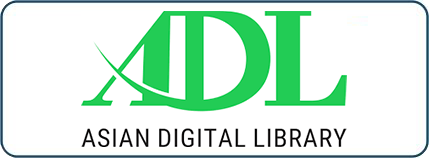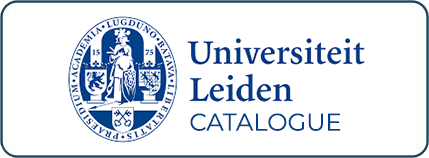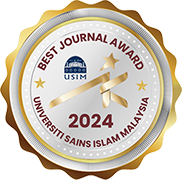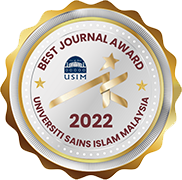Teaching and Learning of Procedural Law Courses: An Overview of the Best Practice
DOI:
https://doi.org/10.33102/mjsl.vol6no1.58Keywords:
Teaching and learning in higher education; procedural law courses.Abstract
Procedural law courses are important components in legal education in all law schools in Malaysia. The courses include civil procedure, criminal procedure, evidence as well as a more specific courses such as bankruptcy and winding-up proceedings. They are taught as compulsory courses in upper years of law bachelor degree in which students have already completed substantive areas of law. In schools that include Syariah law (Islamic law) as part of their curriculum, Syariah procedural courses both for criminal and civil proceedings are also taught. Similar to many other professional courses, a contemporary development suggests that teaching and learning professional skills require special approach different from traditional method of lecture and tutorial which centres on lecture-based instruction in classroom. This may address critics against local law graduates implying the needs to improve skills essential in legal professions including those that aimed to be instilled in procedural law courses. This paper explores the best practice in teaching procedural law courses by review of the existing literature relevant to the subject matter; and using a finding from a focus group discussion involving selected law teachers from different law schools in Malaysia. This is significant to contribute towards improvement of teaching and learning of the procedural law courses in law schools. Furthermore, studies on the aspects of teaching and learning procedural law courses have been rather limited especially in Malaysia.
Downloads
References
Finkelstein, Jay Gary. 2015. "Practice in the Academy: Creating “Practice Aware†Law Graduates." Journal of Legal Education 64 (4).
Fliyd, Timothy W., Oren R. Griffin, and Karen J. Sneddon. 2011. "Beyond Chalk and Talk." Ohio Northern University Law Review. 38.
Gershowitz, Adam M. 2014. "The Wire as a Gap-Filling Class on Criminal Law and Procedure." Journal of Legal Education 64 (1):117-119.
Jones, Robert L. 2017. "Experiencing civil procedure: Why (and how) I teach a simulation-driven first year course." In Experiential Education in the Law School Curriculum, edited by Emily Grant, Sandra Simpson and Kelly Terry. Carolina Academic Press.
Kementerian Pengajian Malaysia. 2013. A Report on Future Directions of Legal Education in Malaysia: A Study commissioned by the Minister of Higher Education. Kementerian Pengajian Malaysia.
Knutsen, Erik S., Thomas D. Rowe, David Bamfors, and Shirley Shipman. 2013. "The Teaching of Procedure Across Common Law Systems." Osgoode Hall Law Journal 51:1-44.
Nagle, Barry, and Nichelle Williams. Methodology Brief: Introduction to Focus Group: Center for Assessment, Planning & Accountability.
Nor, Mahmud Z. Mohd, Siti Naaishah Hambali, Safinaz Mohd Hussein, Faridah Jalil, and Rohaida Nordin. 2011. "Clinical Legal Education at the Faculty of Law: An Initial Review." Procedia Social and Behavioral Sciences 18:527-533.
Oppenheimer, David B. 2016. "Using a Simulated Case File to Teach Civil Procedure: The Ninety-Percent Solution." Journal of Legal Education 65 (4).
Tidmarsh, Jay, and Katz. Howard E. 2013. Strategies and Techniques for Teaching Civil Procedure. New York: Wolters Kluwer Law & Business.
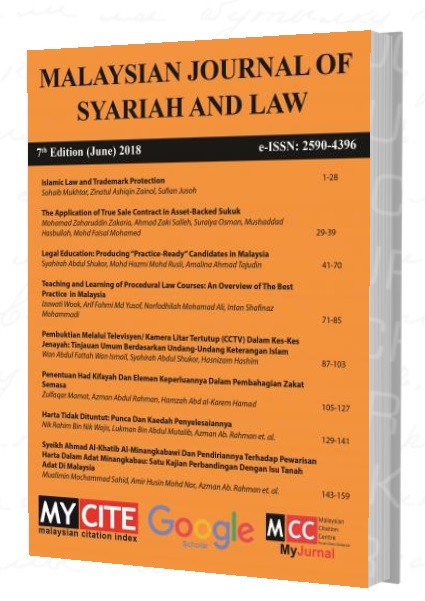
Downloads
Published
Issue
Section
License
Copyright (c) 2018 Arif Fahmi Yusof, Izawati Wook

This work is licensed under a Creative Commons Attribution-NonCommercial 4.0 International License.


























